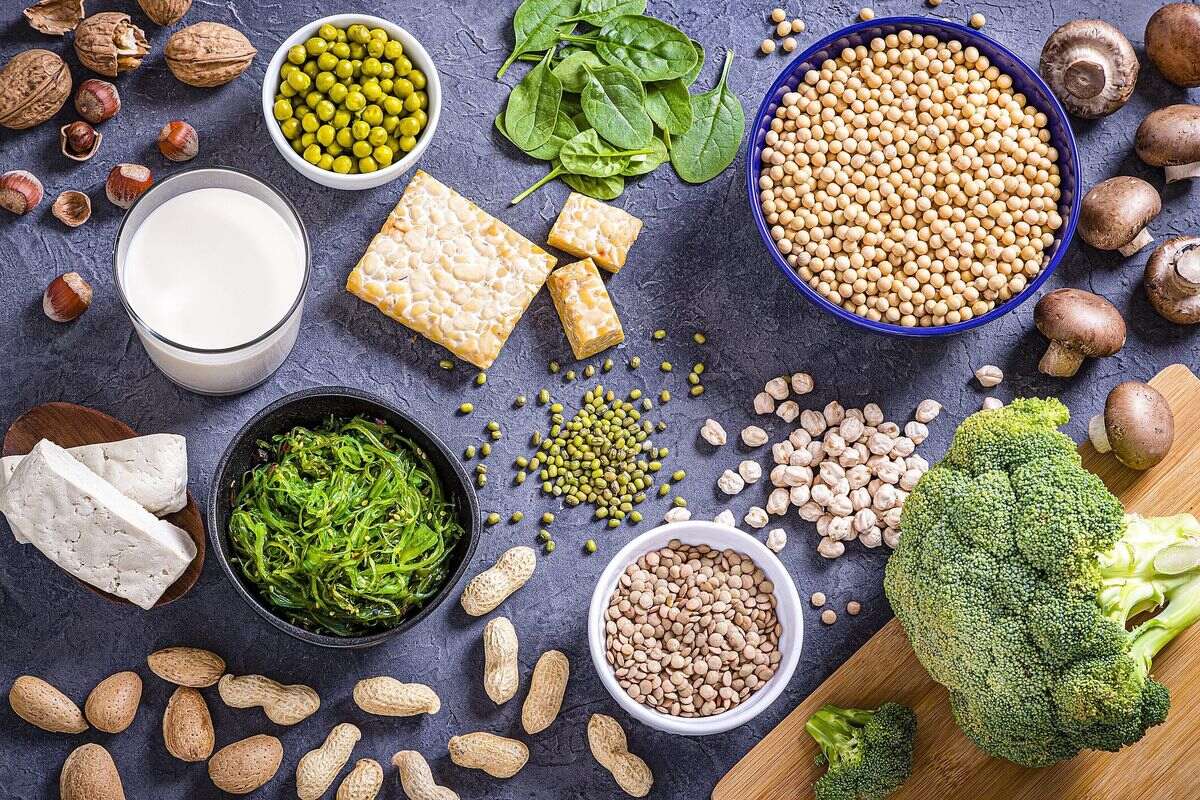
Iron is one of the most abundant elements on Earth, crucial for life and technology. Did you know that iron makes up about 5% of the Earth's crust? This versatile metal has been used for thousands of years, from ancient tools to modern skyscrapers. Iron is essential for our bodies too, playing a key role in transporting oxygen in our blood. Ever wondered why iron rusts? It's because it reacts with oxygen and water, forming iron oxide. Fun fact: the Eiffel Tower in Paris weighs around 10,000 tons, mostly made of iron! Dive into these 25 facts about iron and discover more about this amazing element.
Key Takeaways:
- Iron is essential for our bodies, and we can get it from red meat, poultry, seafood, spinach, legumes, fortified cereals, nuts, tofu, dark chocolate, and quinoa. It helps with oxygen transport, energy levels, brain function, immune system, muscle function, cell growth, and hormone synthesis.
- Iron deficiency can lead to anemia, cognitive impairment, weakened immune system, pregnancy complications, restless leg syndrome, hair loss, and cold hands and feet. To improve iron absorption, pair iron-rich foods with vitamin C-rich foods like oranges, strawberries, and bell peppers.
What is Iron?
Iron is a vital mineral that plays a crucial role in various bodily functions. It's essential for producing hemoglobin, a protein in red blood cells that carries oxygen throughout the body. Here are some fascinating facts about iron sources.
- Red Meat: Beef, lamb, and pork are rich in heme iron, which is easily absorbed by the body.
- Poultry: Chicken and turkey also provide heme iron, though in smaller amounts than red meat.
- Seafood: Oysters, clams, and mussels are excellent sources of heme iron.
- Spinach: This leafy green is packed with non-heme iron, which is less easily absorbed but still beneficial.
- Legumes: Beans, lentils, and chickpeas are great plant-based sources of non-heme iron.
- Fortified Cereals: Many breakfast cereals are fortified with iron, making them a convenient source.
- Nuts and Seeds: Pumpkin seeds, cashews, and almonds contain decent amounts of non-heme iron.
- Tofu: This soy-based product is a good source of non-heme iron, especially for vegetarians.
- Dark Chocolate: Surprisingly, dark chocolate contains a significant amount of iron.
- Quinoa: This grain is not only high in protein but also a good source of non-heme iron.
How Iron Affects the Body
Iron is crucial for various bodily functions, from energy production to immune system support. Here are some ways iron impacts your health.
- Oxygen Transport: Hemoglobin in red blood cells relies on iron to carry oxygen from the lungs to the rest of the body.
- Energy Levels: Adequate iron levels help maintain energy and reduce fatigue.
- Brain Function: Iron is essential for cognitive function and development.
- Immune System: Iron supports a healthy immune system, helping the body fight off infections.
- Muscle Function: Myoglobin, a protein in muscles, requires iron to store and release oxygen during physical activity.
- Cell Growth: Iron is necessary for the growth and differentiation of cells.
- Hormone Synthesis: Iron plays a role in the production of certain hormones.
Iron Deficiency and Its Consequences
Iron deficiency is a common nutritional problem that can lead to various health issues. Here are some facts about iron deficiency and its effects.
- Anemia: Iron deficiency is the leading cause of anemia, characterized by fatigue, weakness, and pale skin.
- Cognitive Impairment: Lack of iron can affect brain function, leading to difficulties in concentration and memory.
- Weakened Immune System: Iron deficiency can make you more susceptible to infections.
- Pregnancy Complications: Pregnant women with low iron levels are at risk for premature birth and low birth weight.
- Restless Leg Syndrome: Low iron levels are linked to restless leg syndrome, causing discomfort and sleep disturbances.
- Hair Loss: Iron deficiency can lead to hair thinning and loss.
- Cold Hands and Feet: Poor circulation due to low iron levels can result in cold extremities.
How to Improve Iron Absorption
Certain dietary practices can enhance iron absorption, making it easier for your body to utilize this essential mineral. Here are some tips.
- Vitamin C: Consuming vitamin C-rich foods like oranges, strawberries, and bell peppers with iron-rich meals can boost absorption.
Iron: The Unsung Hero
Iron plays a crucial role in our daily lives. From building strong bridges to keeping our bodies healthy, this metal is indispensable. It’s found in everything from our blood to our buildings. Without it, modern civilization would look very different.
Iron’s versatility makes it a key player in various industries. It’s used in construction, manufacturing, and even in the food we eat. This element is essential for transporting oxygen in our blood, making it vital for our survival.
Understanding iron’s importance helps us appreciate the world around us. Next time you see a skyscraper or feel energized after a meal, remember iron’s role. It’s more than just a metal; it’s a lifeline. So, let’s give iron the recognition it deserves for shaping our world and keeping us healthy.
Frequently Asked Questions
Was this page helpful?
Our commitment to delivering trustworthy and engaging content is at the heart of what we do. Each fact on our site is contributed by real users like you, bringing a wealth of diverse insights and information. To ensure the highest standards of accuracy and reliability, our dedicated editors meticulously review each submission. This process guarantees that the facts we share are not only fascinating but also credible. Trust in our commitment to quality and authenticity as you explore and learn with us.
